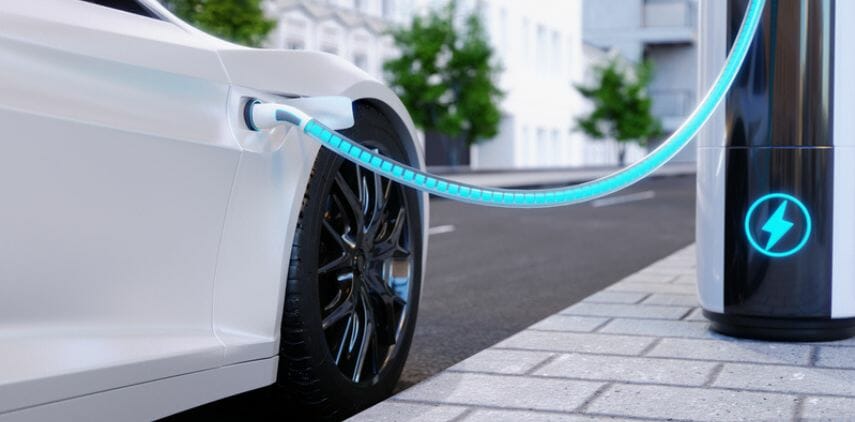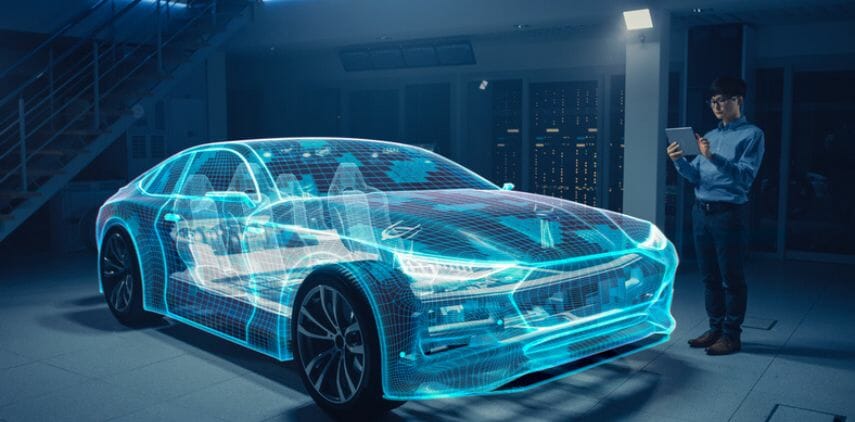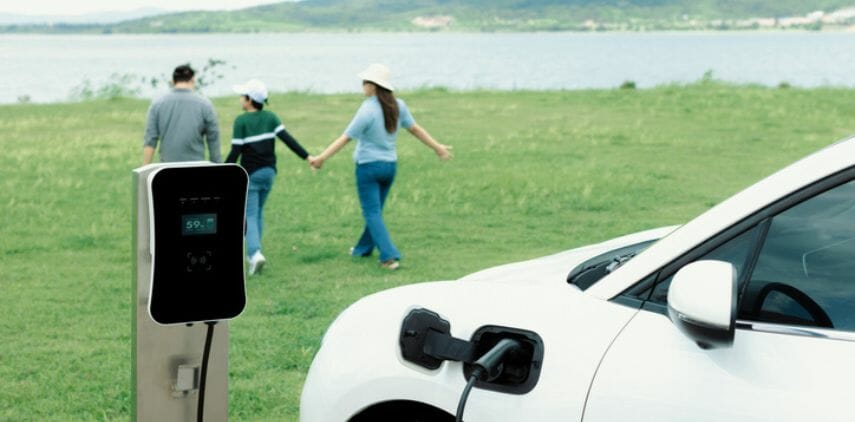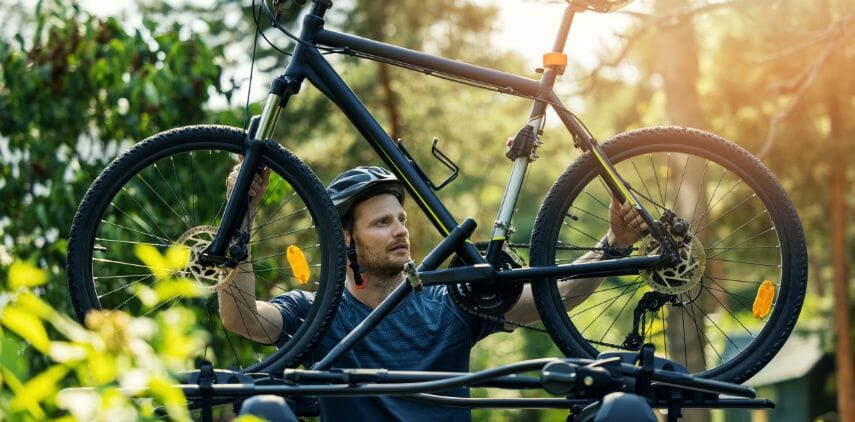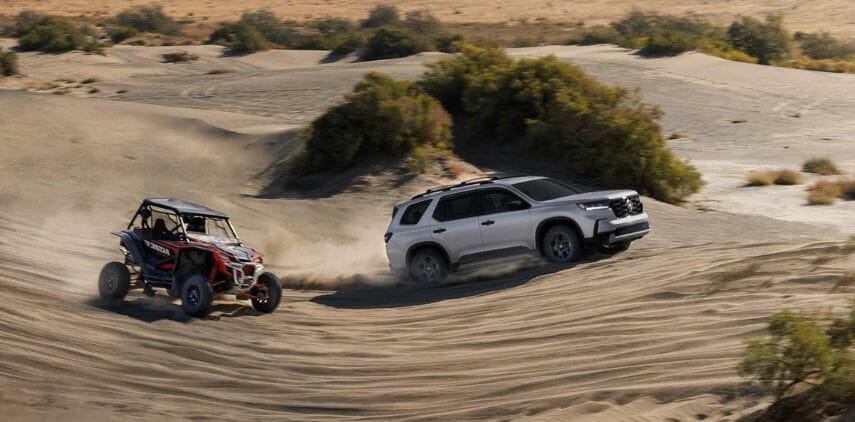Overview
For those who live in a part of the country plagued by bad weather, you’ll probably think about the road conditions the next time you buy a car. Some research can help you find the best vehicle for rainy-day driving. At SUViews, learn what improves vehicle safety in the rain and take a look at some options that are well prepared for precipitation.
Table of Contents
Road Safety: How Rain Changes the Game
It’s slightly misleading to say that some cars are safer in the rain because there aren’t many safety features designed specifically for rainy conditions. Rain causes reduced visibility and slippery roads for all drivers, but the safety features that target bad weather (namely, headlights, windshield wipers, and good-quality tires) are standard across road vehicles.
If it’s well-maintained and the driver takes appropriate safety precautions (like driving below the speed limit and giving other vehicles extra space), the average vehicle can handle rainy conditions with little or no problem.
That being said, a poorly-maintained car is far more hazardous when the roads are wet. For example, run-down or low-quality tires won’t gain as much traction on the road. This can prove dangerous on wet roads: the wheels will lose traction far more easily, placing you at higher risk of skidding or hydroplaning.
Newer tires and tires designed for rainy or snowy conditions are safer choices for wet conditions because they have a better hold on the road.
Additionally, some vehicles are equipped with features that improve or enhance rainy-day road safety. For instance, it’s safe to drive a two-wheel drive when it’s raining out, but these cars have a harder time gaining traction and are more likely to skid if their tires aren’t in great shape. Four-wheel drive vehicles gain more traction than their two-wheel drive counterparts, making them a somewhat safer option.
Safety Features for Wet Weather Conditions
Again, most car safety features aren’t built specifically for protection against wet conditions. That doesn’t mean, however, that safety features offer no help against bad weather; they can provide plenty. Just make sure your vehicle is well-maintained because all the safety features in the world won’t provide protection against bald tires on a slippery road.
-
Four-wheel drive
In four-wheel drive, both the front and rear wheels (rather than just the front or rear wheels) are provided with plenty of power, helping the tires to maintain a better grip on the road and reducing the risk of hydroplaning. These days, four-wheel drive is becoming the standard across most vehicles, placing many modern cars on more equal footing than they used to be.
-
Automatic braking
It can be hard to see what’s directly in front of you when it’s raining heavily. Vehicles with automatic braking typically use sensors to detect whether there’s something ahead of them (like another vehicle, an animal, or so forth) and apply the brakes on their own, helping reduce the chance of a collision. (While it can’t prevent every collision or stop you from hydroplaning, it’s far better than not having the protection.)
-
Blind spot monitoring
If it’s raining too hard to see directly ahead of you, it’s probably raining too hard to adequately check your blind spots. Similar to automatic braking, blind spot monitoring systems use sensors to detect when there’s another car in your blind spot.
If there is, your vehicle will let you know somehow: it may activate a light on your side mirrors when it simply notices someone there, and if you try to change lanes, it might beep at you or even automatically steer you back into your own lane.
-
Automatic windshield wipers
Have you ever seen the weather go from “somewhat clear” to “intense downpour” in a matter of minutes? Automatic windshield wipers can help out when that happens. Instead of forcing you to manually adjust the speed of your windshield wipers every few minutes, the windshield senses how heavy or light the rain is and changes the speed of your wipers accordingly.
-
Lower center of gravity
When it’s raining, your vehicle’s center of gravity might not seem that important. However, if it’s windy, driving smaller vehicles with a lower center of gravity is safer. Tall vehicles (like large SUVs) have a higher center of gravity, putting them at greater risk of being blown onto their side by strong winds.
Safest Vehicles for Rainy Days
If you’re preparing to experience a daily downpour, several cars and SUVs are ready to take on the challenge. Keep in mind that safety features don’t replace safe driving: you still need to drive below the speed limit, avoid cruise control, and maintain your vehicle regularly.
-
Volvo XC40
An SUV like the Volvo XC40 might not seem like your first choice for a wet-weather drive, but this compact SUV earned some impressive safety ratings from the Insurance Institute for Highway Safety. On rainy days, it’s a good SUV to hit the streets using the all-wheel drive and offers extra protection through automated braking. (The environmentally conscious can also investigate the all-electric XC40 Recharge, Volvo’s first electric SUV, and a close relative of the XC40.)
-
Mercedes-Benz S-Class
With its luxurious features matching its price, the S-Class by Mercedes-Benz is ready to tackle wet conditions with ease. Its low center of gravity means it’s less endangered on windy days, and it makes excellent use of four-wheel drive to keep a handle on the road and reduce the risk of skidding.
Many S-Class models also offer optional automatic windshield wipers, which you can activate easily.
-
Porsche SUVs
Porsche SUVs, exemplified by models like the Cayenne and the Macan, blend the brand’s renowned sports car performance with the practicality and versatility of an SUV. These vehicles are designed to deliver exhilarating driving experiences without compromising on luxury or utility. The Porsche Cayenne, as the larger of the two, offers more space and power, making it suitable for families seeking both comfort and performance. On the other hand, the Macan provides a more compact option, perfect for those who desire a sporty feel in a more urban-friendly package. Both models are equipped with advanced technological features, all-wheel drive for enhanced stability in various driving conditions, and meticulously crafted interiors that uphold Porsche’s legacy of luxury. Whether navigating city streets or embarking on adventurous road trips, Porsche SUVs stand out for their exceptional engineering, dynamic driving capabilities, and sophisticated styling.
-
Honda CR-V
It might seem unassuming, but the Honda CR-V is not to be outmatched. This midsize SUV is built with all-wheel drive and standard driver assistance features, including automatic braking to protect you from crashes even when it’s hard to see what’s ahead.
Most CR-Vs are also equipped with multi-speed windshield wipers, and the CR-V Touring features automatic wipers that activate upon detecting rain. (Check out our review of the 2021 CR-V for more details.)
-
Subaru Crosstrek
Fans of Subaru SUVs and small vehicles alike will be thrilled that the Subaru Crosstrek is resilient to rainy days. This reliable model offers all-wheel drive and off-roading capabilities, making you less likely to lose control on slippery roads. Automatic braking is also available on certain models, helping to prevent collisions before they happen.
-
Land Rover Defender
The Land Rover Defender lives up to its name by providing plenty of defense against rainy conditions. This SUV provides four-wheel drive, automatic braking, weather-ready tires, and available blind spot monitoring.
As an off-road vehicle, it also boasts a ride height of up to 11.5 inches and a wading depth of 35.4 inches, making it safer to drive through standing water without potentially drawing water into the engine.
Choose Safe Vehicles with SUViews
If you’re looking for the safest SUVs on the market, look no further than SUViews for answers. We’ve curated a wide selection of reviews and advice for choosing and driving SUVs. Whether you’re new to SUV selection or are a pro in need of advice, we can make it easier to navigate the world of SUVs.


